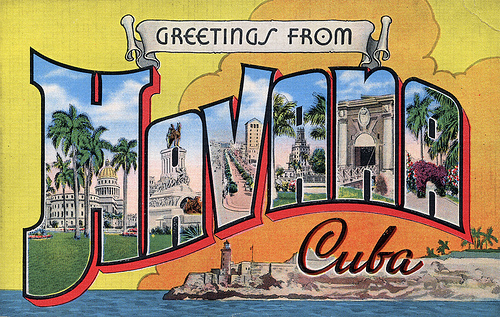
With plenty of things to do in Cuba, Cuba should be a top destination for all adventurers. Those who visit and tour Cuba are certain to appreciate the musical aspects of this Caribbean island. In fact, the music of Cuba is so intoxicating that most visitors are unaware of the musical history, which is a combination of African, European, Haitian and other influences. The original Indian residents, African slaves and their European relatives created a new musical genre with percussive instruments, Spanish guitars and amazing rhythms. Tourists are treated to singing and dancing that enhances almost every social encounter in Cuba. This music is the first salsa, jazz, tango and flamingo, and it is readily available in the vibrant city of Havana. Cuba holidays combine music, sunshine and history creating a unique experience that you will never forget. Travellers are lured to the capital of Cuba because it is the largest city with over two million residents, and Havana is also the cultural hub of the Caribbean. The city has three main harbours of Maimenlena, Guanabocoa and Atares. The bay, Almendares River and the Straits of Florida are the main waterways, and they are all part of the beautiful and alluring setting of this 16th Century city. History shows that Havana was also a travel centre in its early days because of its location in the New World. Many stories of forts and treasures are interesting to international tourists, who also enjoy the food, architecture, monuments and other artistic pleasures. The National Museum of Fine Arts, with two locations in Havana, is a beacon of interest because it includes over 45,000 paintings, sculptures and other works of art from Cuban, Latin American and other international artists. Another attraction, The Museum of the Revolution, has noteworthy architectural interest because its design is a combination of Spanish, French and German influences. Its importance is also significant because it displays documents and records Cuba’s history from its colonial to present time. Another landmark is a neo-classical mansion called the Museum of Decorative Arts that displays treasures from the French Renaissance. Fifty other museums in Old Havana and Vedago show furniture, glass, religious and many other Cuban artistic treasures. They also highlight music and dance as well as other cultural features, including the history of rum and cigars. The cuisine of Cuba is another reason that visitors enjoy Havana and other areas of the island. The recipes are a combination of Caribbean, Spanish, African and Chinese influences. In addition, the surrounding waters make seafood a natural addition to menus, and the tropical weather allows for a wide range of fresh fruits and vegetables as well. Some of these are yucca, plantain, banana, avocado and mango. However, the most common meals are quite simple. They contain rice and beans, cooked together or separately. When cooked together, they are called “Congri” or “Moros”, depending on whether they have red or black beans. The meat choices are mostly pork or beef, and the real secret to all of the flavours are the local spices that separate Cuban food from other cultures. Deserts are another specialty, and one of the main flavours is caramel that is baked into a pudding or custard called flan, and this recipe is often a special treat for tourists.


Ez az egy kep, talan sikerul.
Hi gareth, you may like our latest post on Cuba: https://www.thecrazytourist.com/15-best-things-cuba/